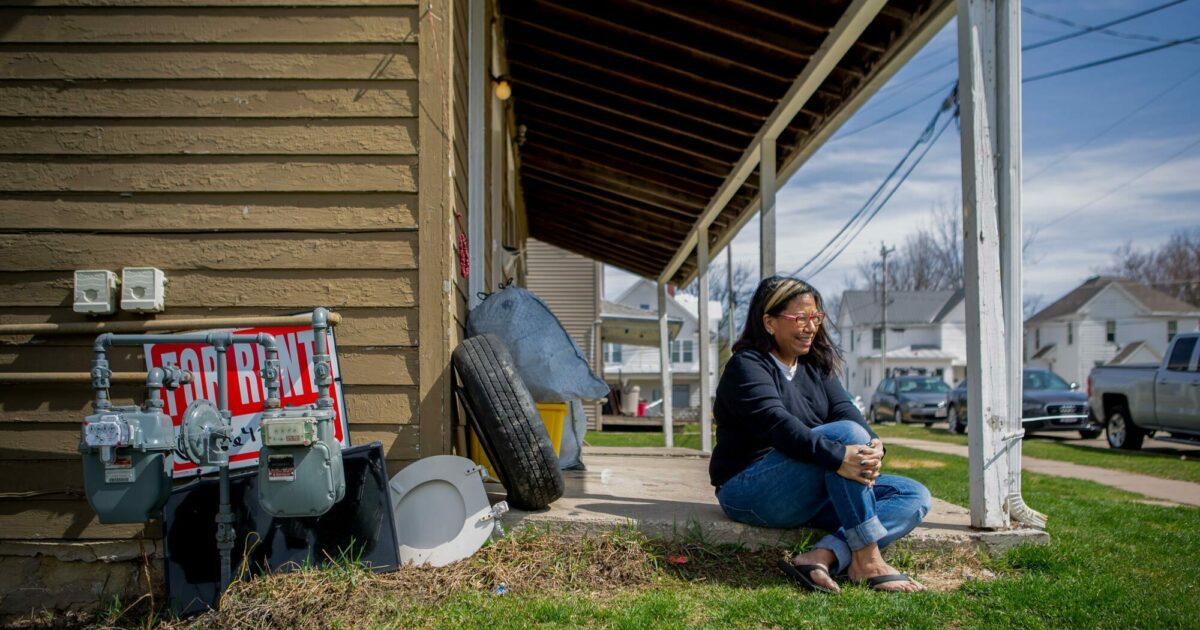When it comes to why so many factories are facing labor shortages, everyone has an opinion. “Gen Zs don’t want to work” or Millennials refuse to work in factories” are just two reasons many give.
The truth is both Gen Z and the Millennial want to work, maybe not on production lines, but they certainly aren’t against it. Maybe it’s because they really don’t know what the offsite industry has to offer them, and we should be working on that.

No, what is perhaps the biggest reason factories are having trouble filling their worker ranks is simply older workers don’t want to work and are retiring in record numbers.
Workers are in short supply three years into the pandemic job market rebound, and experts increasingly think they aren’t coming back.

A wave of baby boomers has recently aged past 65. Unlike older Americans who, in the decade after the Great Recession, delayed their retirements to earn a little bit of extra money and patch up tenuous finances, many today are leaving the job market and staying out.
That has big implications for the economy because it is contributing to a labor shortage that policymakers worry is keeping wages and inflation stubbornly elevated. That could force the Federal Reserve to raise rates more than it otherwise would, risking a recession.
About 3.5 million people are missing from the labor force, compared with what one might have expected based on pre-2020 trends.
After the pandemic, workers went back to work quickly once vaccines became available and businesses reopened. Older workers were the exception.
Among Americans ages, 18 to 64, the labor force participation rate has largely rebounded to early 2020 levels.

Among those 65 and up, on the other hand, participation lags well below its pre-pandemic level, the equivalent of a decline of about 900,000 people. That has helped to keep overall participation steadily lower than it was in 2020.
As would-be employees stay out of work, the resulting labor shortages have reverberated through the economy. Consumers are still shopping, and understaffed firms are eager to produce the goods and services they demand. As they scramble to hire — there are 1.7 job openings for every jobless person in America — they have been raising wages at the fastest pace in decades.
With pay climbing so swiftly, Fed officials worry that they will struggle to bring inflation fully under control. Wages were not a major initial driver of inflation but could keep it high: Businesses facing heftier labor bills may try to pass those costs along to their customers in the form of higher prices.
Now you know the biggest reason we have a worker shortage. It’s all of us older workers wanting to stop working and enjoy life!
Gary Fleisher, Contributing Editor



